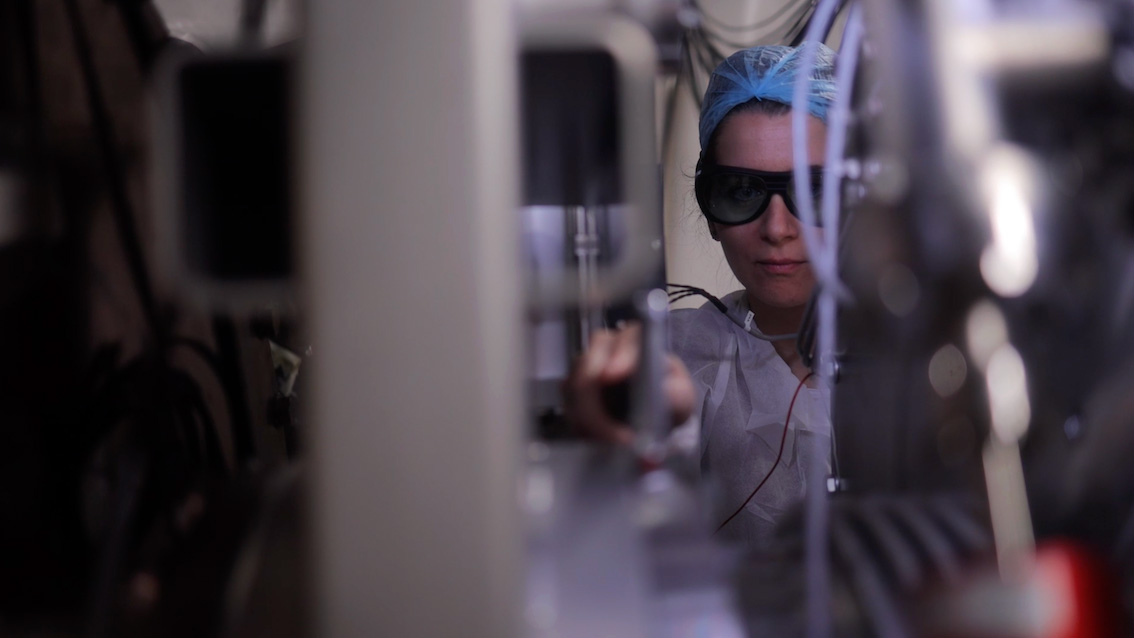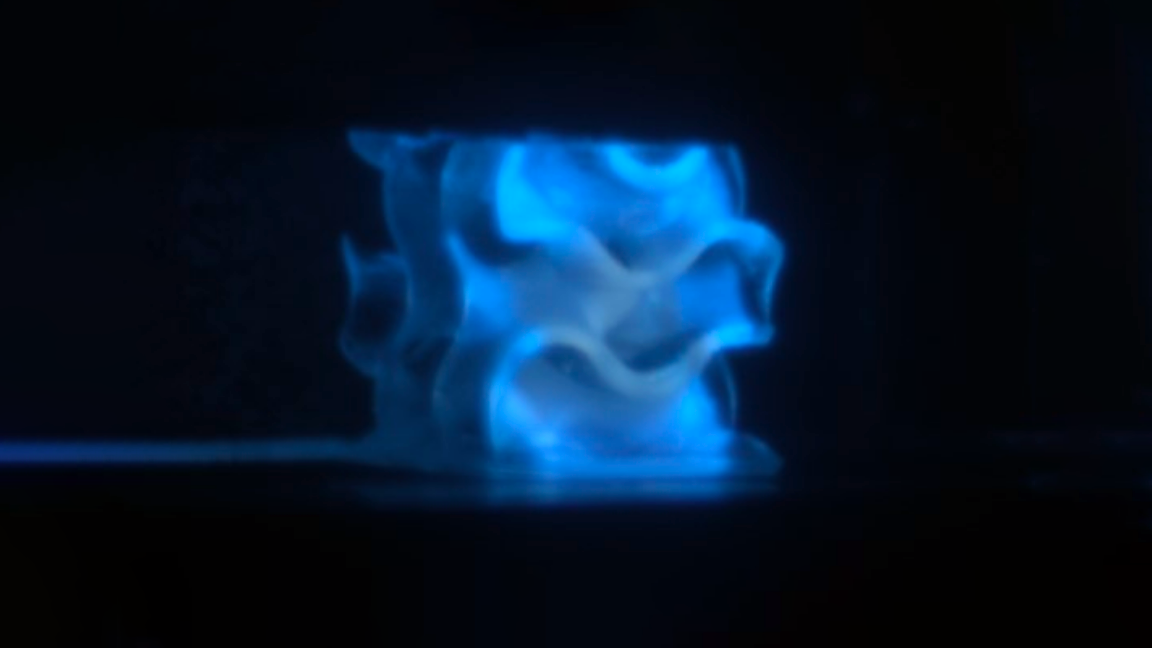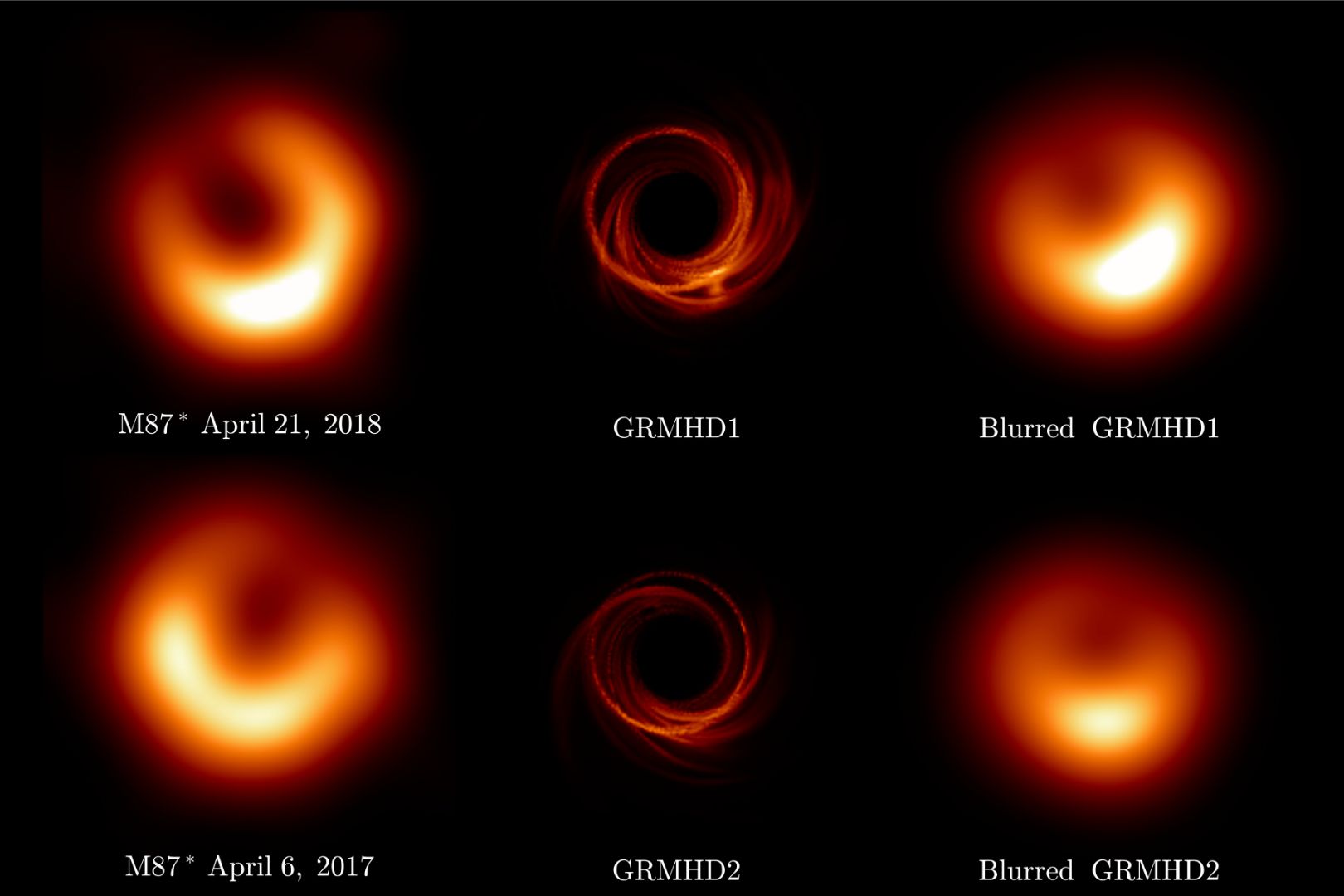
The experimental collaboration DAMPE (DArk Matter Particle Explorer), in orbit on a satellite since December 2015, and dedicated to studying dark matter and the characterisation of cosmic radiation in space, published a new and accurate measurement of the flow of some atomic nuclei present in cosmic radiation at high energies on Friday 14 October in the scientific journal Science Bulletin. The research, fruit of a data analysis campaign that involved researchers of the INFN Divisions and Universities of Bari, Lecce, and Perugia, and of the Gran Sasso Science Institute, provides information that can contribute to explaining the mechanisms for producing and propagating these components of energetic cosmic rays. A key element for this measurement was the particle identification system installed on board, together with the tracking system for measuring their arrival direction, and the calorimeter for measuring their energy. The excellent performance of the detector made it possible to identify, with great accuracy, events due to the arrival of boron, carbon, and oxygen nuclei characterised by a relatively low concentration in the flow of cosmic rays, but carriers of important information. Measuring the abundance of these nuclei up to high energies, in particular that of boron compared to carbon and oxygen, made it possible to highlight effects that it is believed occur during the propagation of cosmic rays in our galaxy and owing to interactions with the interstellar medium. This constitutes an important step forward in understanding the mechanisms behind producing this radiation in astrophysical sources, also currently studied using other messengers like photons and neutrinos.





